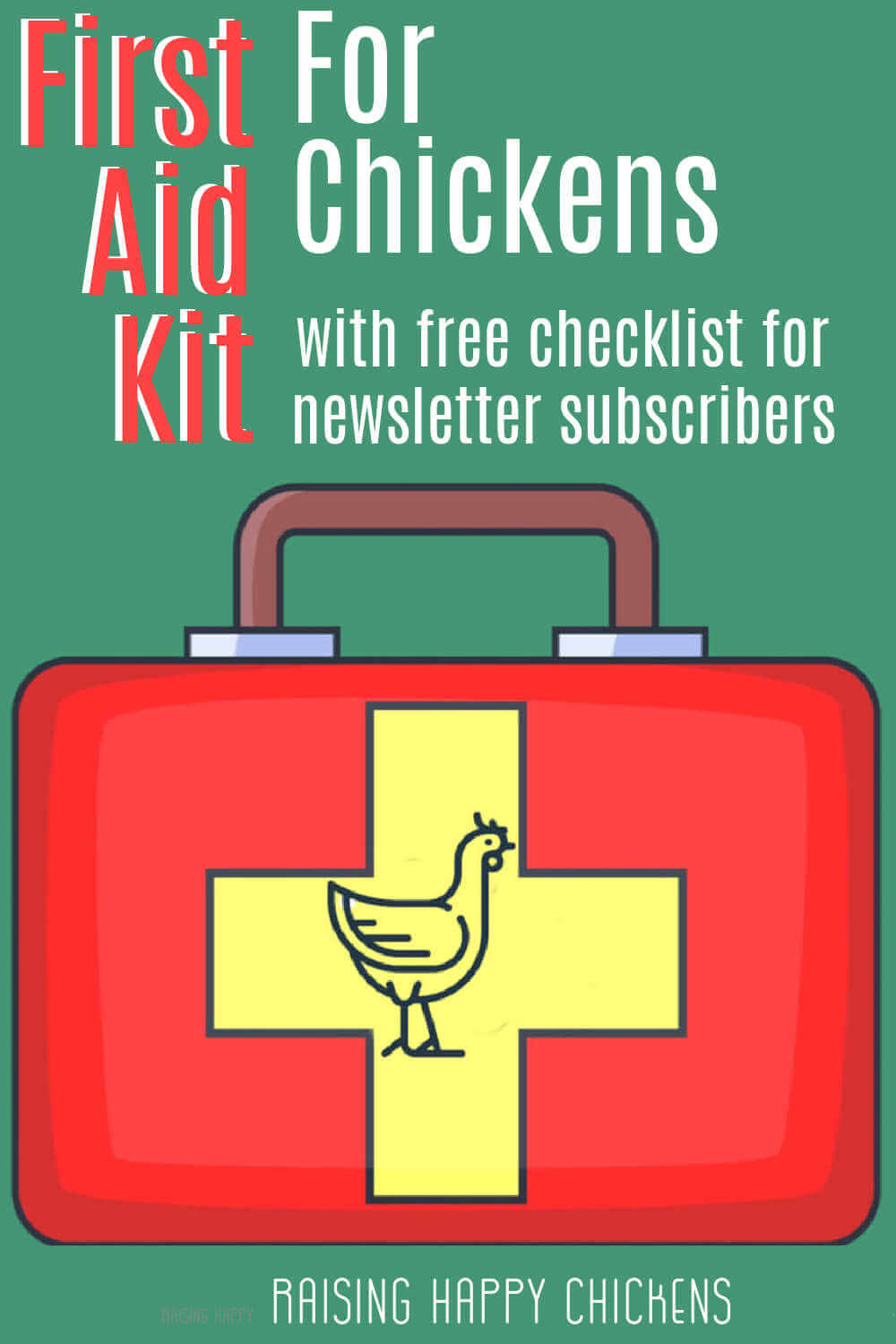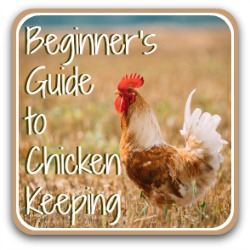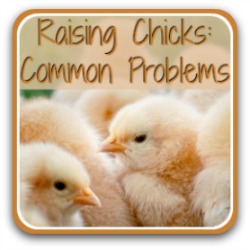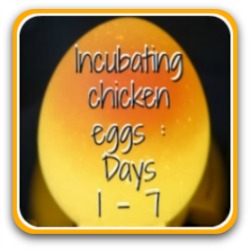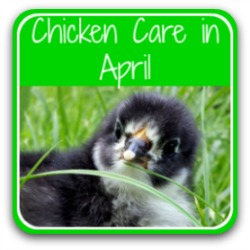A first aid kit for chickens: be prepared before you need it!
Chickens are good at hiding illness until they're really unwell. Have your first aid kit ready to use at a moment's notice.
Have you ever been in the position where a chicken who seemed perfectly healthy when she roosted was very sick the next morning? If not, you will - it happens to all of us.
Chickens are instinctively careful not to betray the fact that they're unwell. Already bottom of the hierarchy when it comes to the animal and bird kingdoms, showing their vulnerability to anyone, including us, is to invite trouble.
A sick chicken is more vulnerable to becoming someone else's dinner. So they keep quiet about it, often until it's too late to do anything.
And, of course, they're vulnerable to attack from predators, and to the general illnesses that chickens get. It's just a fact of life.
Being prepared with a stock of items that will help sick chickens can mean the difference between life and death for one (or more) of our flock.
What the items are kept in doesn't matter (as long as they're kept out of reach of children and pets, obviously). It's having them to hand when you need them that counts.
In this article we'll look at the basic requirement for a first aid kit for chickens. I talk briefly about why each item is necessary. If you'd prefer just a list of items, you'll find it here, in my free printable checklist.
This list is not necessarily exhaustive - you'll find you add to it as time goes by. But it's an excellent starting-point.
Important:
I am not a veterinarian, and this information does not constitute veterinary advice. If your chickens seem unwell, or if you're at all worried about your chickens and how to treat them, you should consult your nearest avian veterinarian.
Before you put together your first aid kit, think about where you'll house your chickens if they become sick.
Any chicken showing signs of illness should immediately be separated from the rest of the flock, as should any new chickens who may be carrying an illness you can't see – yet.
Otherwise, you risk everyone becoming ill.
My article about how to isolate chickens goes into detail about what makes a good "sick room" for chickens. It can also be used to separate out broody hens, and to teach bullies how to behave!
Like the first aid kit, don't leave this until you need it. Make sure you plan ahead to keep your chickens safe!
Links on the rest of this page are "affiliate links". If you click on them and buy, I earn a small commission at no cost to you. I only recommend products I know and love and which I think will be genuinely useful to you. See my disclosure policy for more information.
The most useful chicken first aid kit item: buy this if nothing else!
If I could only have one item in my chickens' first aid box, this is what I'd choose: Vetericyn spray. This one is specially formulated for poultry (there's also one for larger animals which I keep in stock to treat our dogs) and it's safe to use on both adults and chicks.
It does not contain antibiotics or steroids, there's no "egg withdrawal" period, it doesn't sting or irritate the sick chicken and it's safe even if it's licked by other animals.
You may read some reviews online which say it's no more than water with herbs added. That's inaccurate.
It contains a very weak solution (0.0120%) of hypochlorous acid which is perfectly safe and extremely effective in clearing up all kinds of different wounds.
What's it used for?
I've used this for wounds after my hens were attacked by a neighbour's dog; sores left by pecking and by over-use from an aggressive rooster; frostbite; and sores round the vent left by mites.
Use it basically for any sores and open wounds. Its spray nozzle makes it really easy to get under feathers and into areas it's otherwise difficult to reach.
It seriously does sometimes seem to be a miracle cure. Wounds which I never thought would heal do, and within quite a short time.
You'll find this in most pet stores but if not, buy it online rather than be without it.
How to apply Vetericyn poultry spray.
You can spray this directly onto the wound, if there's no bleeding. If the wound is still bleeding, spray it onto a piece of kitchen towel or a clean dressing, and apply gentle pressure till the bleeding stops.
Use it two or three times a day until the wound is completely healed.
External use only: other sprays and ointments.
Antibiotic ointment.
Where Vetericyn does not contain antibiotics, Neosporin does.
It's an ointment containing three different types of antibiotic (neomycin, bacitracin and polymyxin, if you're interested!) used to treat minor wounds which may become infected.
Don't use antibiotics more than you absolutely need to. Treat any wound first with Vetericyn. Only if it shows signs of infection move to an antibiotic.
Why? Because chickens, like humans, can become resistant to them. And because in any event they are only effective against bacterial infections (such as fowl cholera), not viruses (such as Marek's disease).
Anti mite treatments.
Permethrin dust treats both mites and northern fowl mite. It's much less toxic then either Sevin dust or Ivermectin, both of which should be used only with extreme caution.
For an infestation, Permethrin should be fine. Certainly try it before either of the others.
Diatomaceous Earth (DE).
Diatomaceous earth won't necessarily get rid of an infestation but providing a small amount in a dust bath can help prevent one.
This is a contentious subject, so I have a much more detailed article about DE, here.
My bottom line view? Keep some in stock but be careful how you use it.
Anti pecking sprays.
If your chickens have been pecking feathers out, or are pecking at an area where there's no feathers because of over-use by a rooster, these may help.
Blu-Kote is the most well-known and well used of all the anti-pecking products and is an antibiotic. It also stains the wound purple.
Because chickens are known to peck at anything that's red in colour, this works by covering up the red of a wound and turning it that purple/blue colour.
Be aware though – it will also stain your hands and anything else it touches. Use gloves, and cover your clothes when using it!
Pick-no-More has mixed reviews – it seems to work for some but not others. It has a strong smell of grapes, which some people like and others don't. If you're desperate and nothing else has worked, it's worth trying.
Epsom salts.
A warm bath of common epsom salts are excellent for treating hens who are egg bound. If possible, use the unscented variety. Scented chemicals can irritate chicken skin.
Make up a bath with two cups of epsom salts in a washing-up bowl of lukewarm water. The water should be no higher than your hen's chest when she's sitting in it.
Let the hen relax in the "spa" for five minutes or so.
I also use this for chickens who seem slightly off colour – hunched, pale combed, off feed – but have no other recognisable illness. It may help, or it may just make me feel better to be doing something.
But it certainly won't harm.
Petroleum jelly.
Petroleum jelly can be useful in the treatment of scaly leg mites. Rubbed onto large combs, it can also help protect against frostbite.
Internal use: medicines and pick-me-ups.
Aspirin.
If your chicken is in obvious pain, for example following a predator attack, offering one low dose aspirin twice a day for a large breed, or one quarter for a bantam, helps. I would not advise giving any dose of aspirin to baby chicks.
Crush and offer it on a treat (mine go for grapes!) or crush in water and use a dropper to feed if the chicken is not able to eat.
Be very careful to give the right dosage, and don't continue to give it for longer than two to three days. Aspirin can cause bleeding and studies showed that it also causes weight loss in chickens.
Electrolytes – another essential, especially if you're raising chicks.
Always, always keep electrolytes for sick or weak chicks, as well as adult chickens who need a boost, perhaps during or following an illness.
If you don't have any in their ready-made form you can use Gatorade, and if you don't have any of that I have a recipe for electrolytes using ingredients you're likely to have in your kitchen cupboard.
But it's always good to have some "add water and you're done" in your first aid kit for emergencies.
Nutri-drench.
Nutri-drench is a popular general pick-me-up for any age of chick or chicken who's weak, not eating or generally listless and "under the weather".
It's basically a booster for the immune system. It contains vitamins, electrolytes, trace minerals and amino acids.
For a sick chicken, use a dropper to apply directly into the mouth.
Vitamin E with Selenium.
A powerful antioxidant, Vitamin E with Selenium is specifically for use with chicks who have wry neck. The vitamin itself is the cure; Selenium is needed to help the body absorb it, so they must be given together. It's an almost instantaneous way of curing wry neck - the difference is usually obvious within a day.
Give it in a dropper, two or three times a day, and don't stop when you notice a difference, because the wry neck will return. Carry on for at least three weeks.
Equipment you'll need.
Clippers.
A strong pair of clippers is essential for clipping wings and toenails.
Disposable gloves.
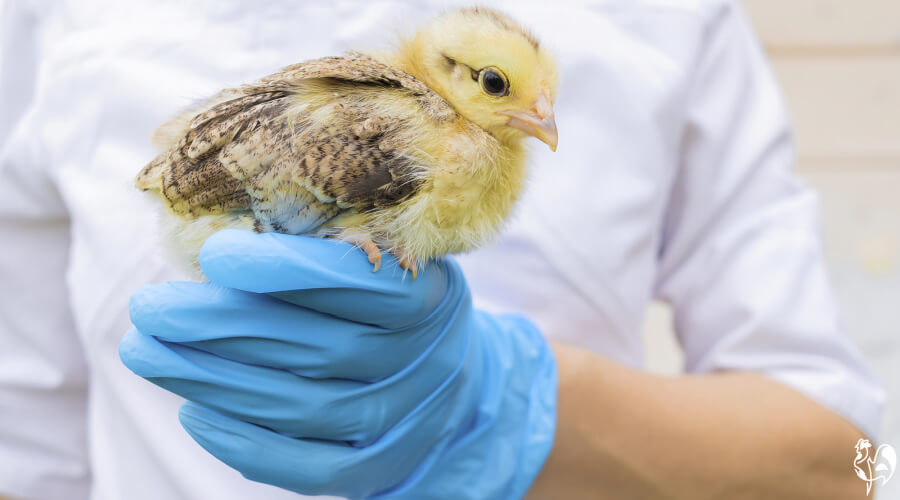
Disposable gloves are critical. You should not handle sick or injured chickens without protecting yourself.
Droppers.
Sick chickens will often not drink by themselves. To be able to administer liquid medication, you may need to use a simple dropper.
Putting one or two drops on the end of the beak is often enough to stimulate the chicken opening the mouth. If not, gently insert a fingernail between the beak and prise the mouth open far enough to get the end of the dropper in.
Be careful when administering liquid by dropper. It's easy to give too much at once, which can lead to the bird choking.
Headlamp.
A headlamp might seem unnecessary, until you find yourself having to tend to a sick chicken in the early hours of the morning. Leaves both hands free so you can treat the chicken without needing to balance a torch somewhere.
Also useful for checking inside the coop at night to make sure everyone is roosted!
Sterile scalpels - disposable.
Only buy these scalpels if you're not squeamish. They're useful for dealing with bumblefoot, but if you're not sure you want to dig into a chicken's foot, play safe and go to your veterinarian.
I bought some and then couldn't bring myself to use them.
Towel.
It's good to have a towel at the ready. Not necessarily for drying a chicken off, but for keeping her calm while you deal with an injury or a treatment.
Wrapping a chicken's body in a towel as you administer a dropper full of electrolytes, for example, will calm her and make her feel secure. I use an old towel which is a bit threadbare - it really doesn't have to be luxury cotton!
Vetrap – another essential.
Vetwrap is a self-adhesive bandage, indispensable for treating chicks with spraddle leg. Easy to use to secure any type of bandage.
This tape only sticks to itself, not to the chicken, so it's easy to take off without hurting or pulling feathers.
There are different widths available. For chickens the 2" size is ideal. To treat spraddle leg in a chick, you'll need to cut the width accordingly.
Want a checklist for your chickens' first aid kit?
No problem! Everyone who subscribes to my weekly "Chicken Digest" receives it, for free! It's not available anywhere else.
You can either store this checklist online or print it out and keep it with your poultry first aid box. Check off all the items you have, replenishing as necessary. Add your veterinarian's details so you don't need to go hunting for them when you're in a crisis and need them quickly.
If you already receive my Digest, you will be able to download this checklist a couple of times each year. If you have subscribed and haven't received it but would like it, drop me a line and I'll make sure you get it.
Remember: it's not available unless you have joined my "Chicken Digest" family.
If you haven't joined yet but you'd like to, please feel free to sign up here.
If you found this page useful, you'll like these too.
Sources.
A lot of "facts" you'll find on the internet are often people's individual views, based on inaccurate information repeated from poor quality sources.
The information I provide in this article and others is based not just on my own experience, but on evidenced facts from scientific, peer-reviewed research and books from highly respected and experienced poultry keepers such as Gail Damerow.
Some of the trusted sources I have used in this article are these.
Poultry DVM: for information about the contents of different drugs and their potential side effects including aspirin.
Mississippi state University: Poultry Solutions and Treatments - Aspirin; Epsom Salts.
Tras, B. et al: Effects of continuous supplementations of ascorbic acid, aspirin, vitamin E and selenium on... broiler chickens. Pub. British Journal of Poultry Science, 2000.
